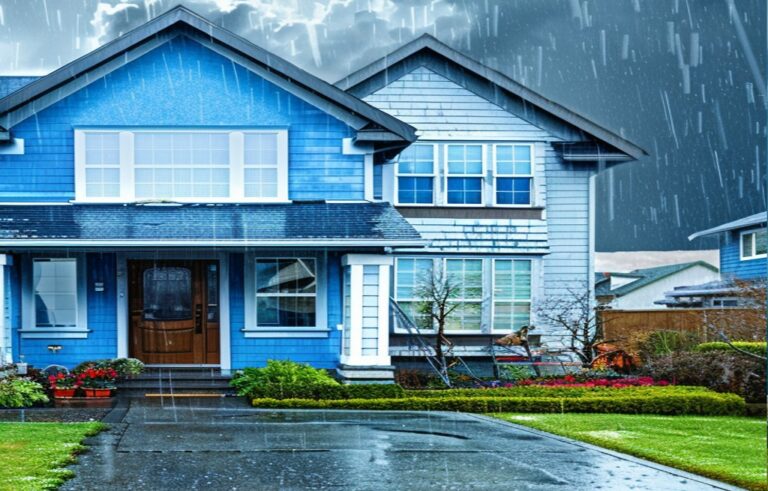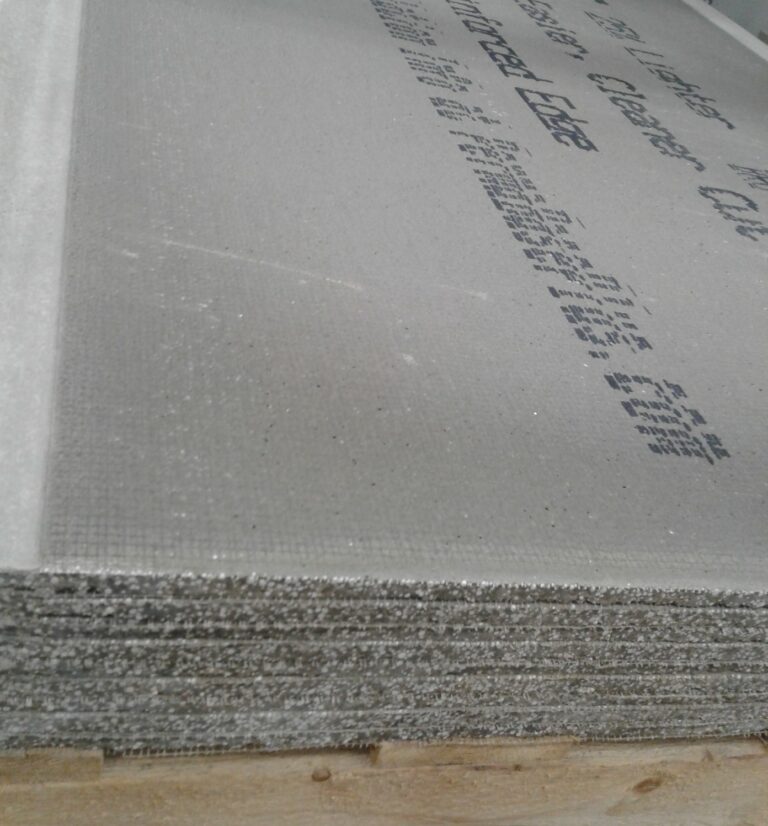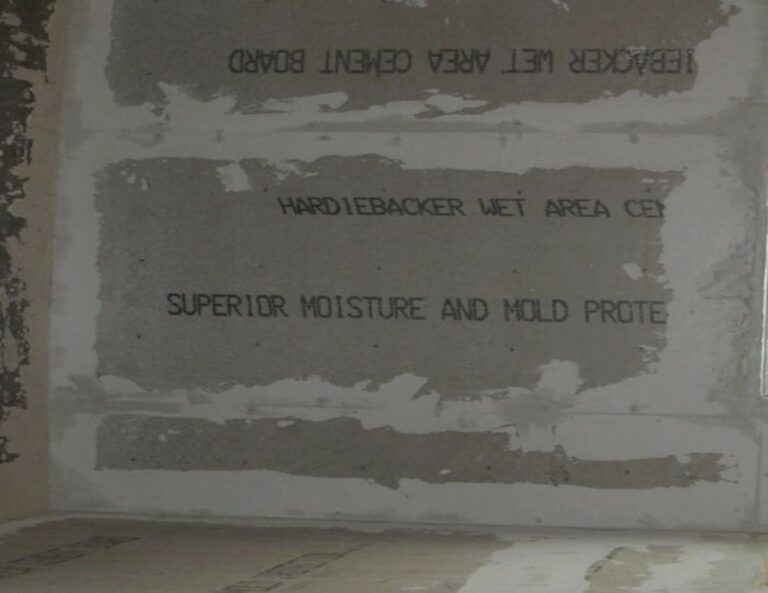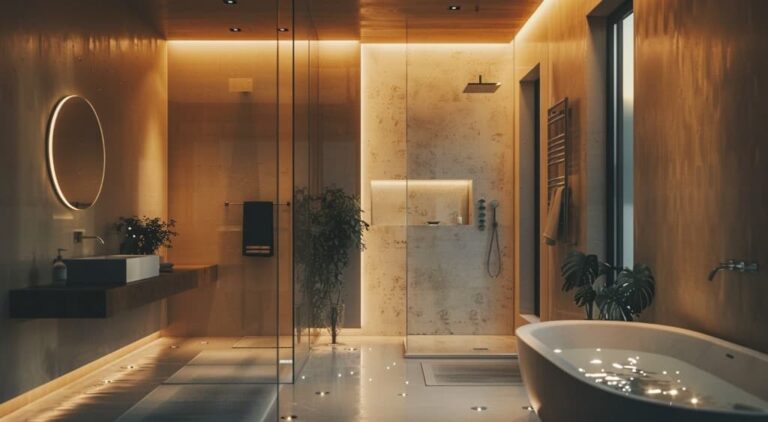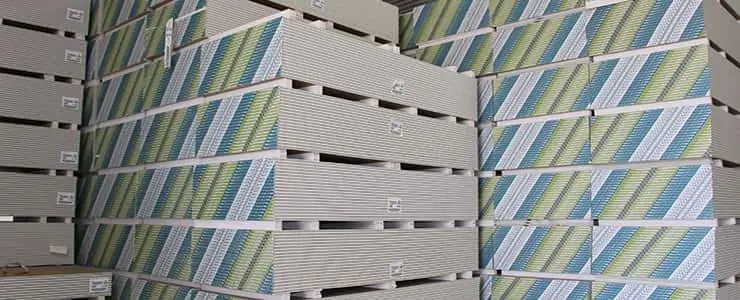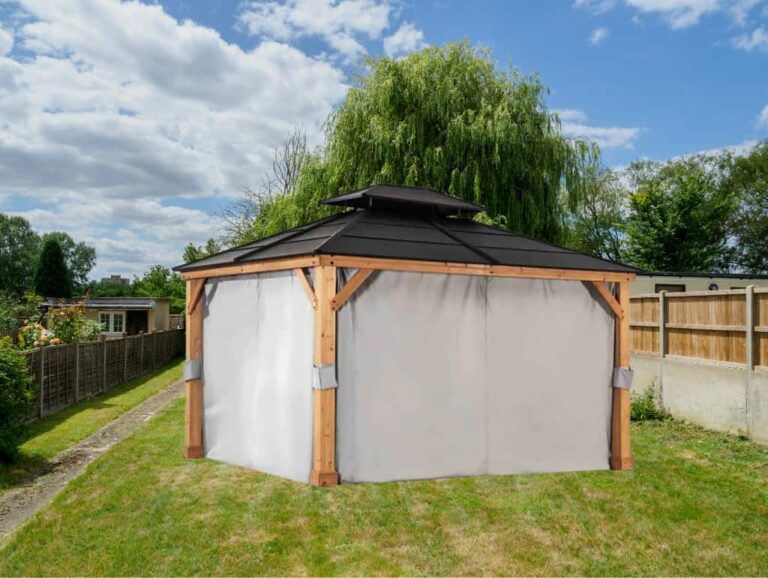Is Hardie Board More Expensive Than Brick
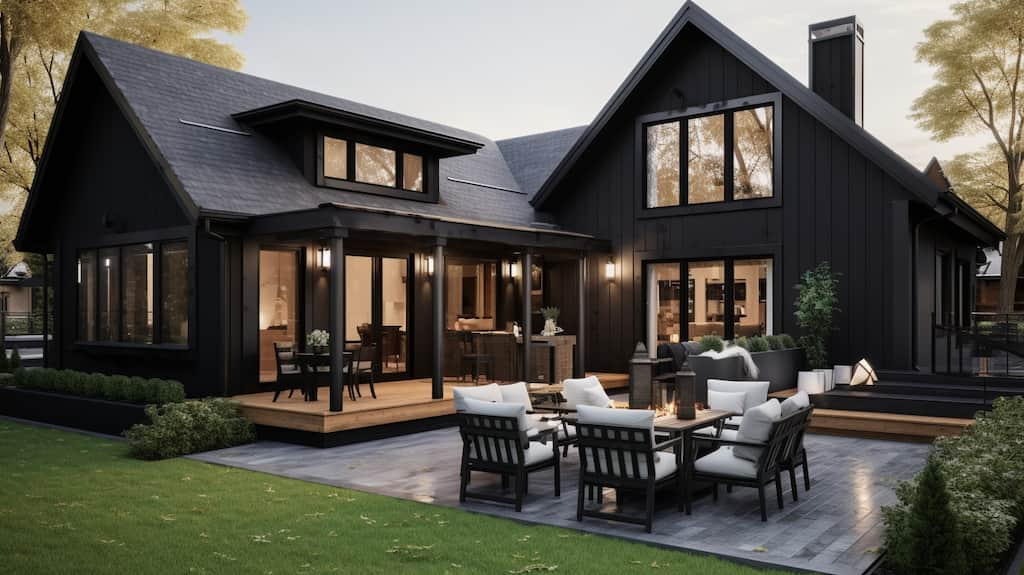
Which option is pricier for your home’s siding: Hardie board or brick? Well, here’s something you may need to learn.
Hardie board is generally less costly than brick siding. Why is that? Brick siding comes with a higher price due to the expense of the bricks themselves and the labor-intensive installation process. Additionally, the weight of bricks requires a sturdy foundation and specialized construction techniques, which adds to the overall project costs.
On the other hand, Hardie board, also known as fiber cement siding, offers a more economical alternative. It requires less labor and is easier to install. Although the initial material cost of Hardie board may be higher than other types of siding, the long-term cost savings are significant. With its durability, energy efficiency, and minimal maintenance requirements, the Hardie board is a cost-effective choice for homeowners.
Let’s explore further to see if Hardie board is truly more expensive than brick.
Material Cost
When considering the cost of materials, Hardie board can be a more cost-effective option than brick. Hardie board and fiber cement siding are generally less expensive than brick siding. The cost of brick per square foot, including materials and labor, is around $4.75. On the other hand, the installation cost of Hardie board ranges from $275 to $500 per square. Although the initial material cost of Hardie board may be higher than vinyl or composite siding, it’s still more affordable than brick.
One of the reasons for the cost difference is the labor-intensive installation process of brick siding. It requires specialized construction techniques and a sturdy foundation due to the weight of the bricks. These factors increase the overall project costs. In contrast, Hardie board has lower labor requirements and is easier to install, reducing installation expenses.
Additionally, it’s important to consider the long-term cost savings of the Hardie board. It offers durability and energy efficiency, lowering utility bills over time. Moreover, Hardie board requires minimal maintenance, leading to long-term cost savings. On the other hand, brick siding requires occasional pressure washing and lacks warranty coverage, potentially leading to out-of-pocket expenses for repairs and maintenance.
Labor and Installation
When installing Hardie board, it’s essential to consider the labor and installation process. Comparing Hardie board to brick, it’s worth noting that brick installation is labor-intensive and time-consuming, resulting in higher expenses. The weight of bricks necessitates a strong foundation and specialized construction techniques, increasing labor costs.
In contrast, installing Hardie board is less time-consuming and labor-intensive. It can be cleanly cut with a saw or jigsaw, reducing installation time and costs. Hiring a contractor without proper expertise in Hardie board installation may incur additional expenses for repairs without warranty coverage.
On the other hand, brick installation is messy and requires mortar application, making it more labor-intensive compared to Hardie board. Repairing mortar joints on a brick wall can be both challenging and costly. In contrast, Hardie board is resilient against harsh weather conditions and requires minimal maintenance when properly installed.
Long-Term Maintenance
To ensure the durability and longevity of your siding, it’s important to engage in regular and minimal maintenance for both Hardie board and brick options. Here are some significant points to consider when it comes to long-term maintenance for each choice:
Hardie board:
– Requires minimal maintenance when properly installed.
– Repairs and maintenance are easier compared to brick.
– Offers hail, manufacturing defects, and termite damage warranties, providing peace of mind and coverage for natural causes.
– Fiber cement siding, like Hardie board, can endure for 40 to 50 years with proper maintenance, making it a durable and long-lasting choice.
Brick:
– Repairing mortar joints on a brick wall can be challenging and costly.
– Regular inspection and resealing of brickwork may be necessary to prevent water damage.
– Staining or discoloration may occur over time and require cleaning or repainting.
– Despite these maintenance requirements, brick siding remains structurally sound and can last the lifetime of a home with minimal upkeep.
When comparing the long-term maintenance of Hardie board and brick, both options have their advantages and disadvantages. Hardie board generally demands less maintenance overall, while brick may require more frequent inspections and repairs. Ultimately, the choice between the two will depend on your personal preferences and the level of maintenance you’re willing to undertake to ensure durability and peace of mind.
Durability and Lifespan
When considering siding options, homeowners should consider the durability and lifespan of Hardie board and brick.
Regarding durability, Hardie board siding stands out for its exceptional strength and resilience. Crafted from cement and fiberglass, Hardie board can withstand harsh weather conditions, including strong winds, heavy rainfall, and extreme temperatures. On the other hand, brick is also durable but may be prone to cracking or chipping over time.
In terms of lifespan, Hardie board surpasses brick siding. While brick typically lasts around 20 to 25 years, Hardie board can endure for 40 to 50 years when properly installed and maintained. This means that homeowners who choose Hardie board can enjoy a longer-lasting investment and avoid expensive replacements in the future.
Furthermore, Hardie board siding requires minimal maintenance compared to brick. Brick may necessitate regular cleaning and occasional mortar repairs, whereas Hardie board only requires occasional washing to maintain its appearance. This low-maintenance feature of Hardie board contributes to long-term cost savings and makes it an appealing choice for homeowners seeking a durable and hassle-free siding option.
Overall Cost Comparison
When comparing the overall costs, it’s evident that Hardie board is a more cost-effective than brick siding. Here are a few reasons why:
– Material Cost: While the initial cost of Hardie board may be higher than brick, it offers substantial long-term cost savings. Hardie board’s durability and energy efficiency reduce maintenance and repair expenses.
– Labor Requirements: Hardie board installation is less time-consuming and requires less labor compared to brick. This results in lower overall installation costs and minimal disruption to the homeowner.
– Maintenance: Hardie board requires minimal to no maintenance when properly installed. In contrast, brick can be challenging and costly to repair. The low maintenance requirements of Hardie board contribute to long-term cost savings.
– Durability: Hardie board surpasses brick in terms of durability. It’s resilient against harsh weather conditions and offers superior longevity, potentially reducing long-term maintenance and repair expenses.
Frequently Asked Questions
What Are the Cons of Hardie Board?
The disadvantages of Hardie board include higher initial costs for materials compared to vinyl or composite siding. However, its long-term benefits lie in its durability and energy efficiency, leading to significant cost savings. Additionally, its low maintenance requirements contribute to overall savings.
Hardie board may have a higher upfront price tag, but its longevity and energy-efficient properties make it a worthwhile investment. Hardie board is known for its durability, unlike vinyl or composite siding, which means it can withstand the test of time and resist damage from elements such as moisture and pests. This durability translates to long-term cost savings as it eliminates the need for frequent repairs or replacements.
In terms of energy efficiency, Hardie board excels. Its composition includes cement and fiber, which provide excellent insulation properties. This insulation helps regulate indoor temperatures and reduces the need for excessive heating or cooling, resulting in lower energy bills over time.
Another advantage of Hardie board is its minimal maintenance requirements. Hardie board does not require frequent repainting, sealing, or staining unlike other siding options. It is resistant to fading, cracking, and warping so that homeowners can enjoy its aesthetic appeal without the hassle of constant upkeep. This saves time and reduces maintenance costs in the long run.
Does Hardie Board Increase Home Value?
Yes, Hardie board can significantly increase the value of your home. It offers several advantages that appeal to potential buyers and make your property more appealing. One of the key benefits is its low maintenance requirements, which means less time and effort spent on upkeep. Additionally, Hardie board is incredibly durable, ensuring that your home retains its quality and appearance for years. Its modern aesthetic also adds a touch of sophistication and style to your property, making it more desirable for buyers. So, if you’re looking to enhance the value of your home, Hardie board is a wise investment.
Is Brick the Most Expensive Siding?
Yes, brick is generally the most expensive type of siding. It requires costly materials, labor-intensive installation, and specialized techniques. On the other hand, Hardie board is a more cost-effective alternative that offers lower installation and maintenance costs.
Is Cement Board Better Than Brick?
Cement board surpasses brick siding as a more advantageous choice. It offers greater affordability, simplified installation, and reduced maintenance requirements. Moreover, it exhibits exceptional durability and can withstand even the harshest weather conditions, making it a superior option.
When comparing the two options, it becomes evident that cement board outshines brick siding in various aspects. Firstly, cement board proves to be more cost-effective, allowing homeowners to save on their expenses. Secondly, the installation process is streamlined and hassle-free, enabling individuals to complete tasks quickly. Lastly, the reduced maintenance needs of cement board alleviate the burden on homeowners, making it a convenient choice.
Furthermore, the cement board exhibits remarkable durability, ensuring its longevity and resilience against severe weather elements. It stands strong against the test of time, providing a reliable and long-lasting solution for siding needs. In contrast, brick siding may be susceptible to damage and deterioration over time.
Conclusion
When comparing the cost of Hardie board and brick siding, it’s evident that Hardie board is a more cost-effective option.
While brick siding may have a higher initial material cost and labor-intensive installation process, Hardie board offers long-term cost savings due to its durability, energy efficiency, and minimal maintenance requirements.
Homeowners can enjoy the benefits of Hardie board while saving money in the long run.
